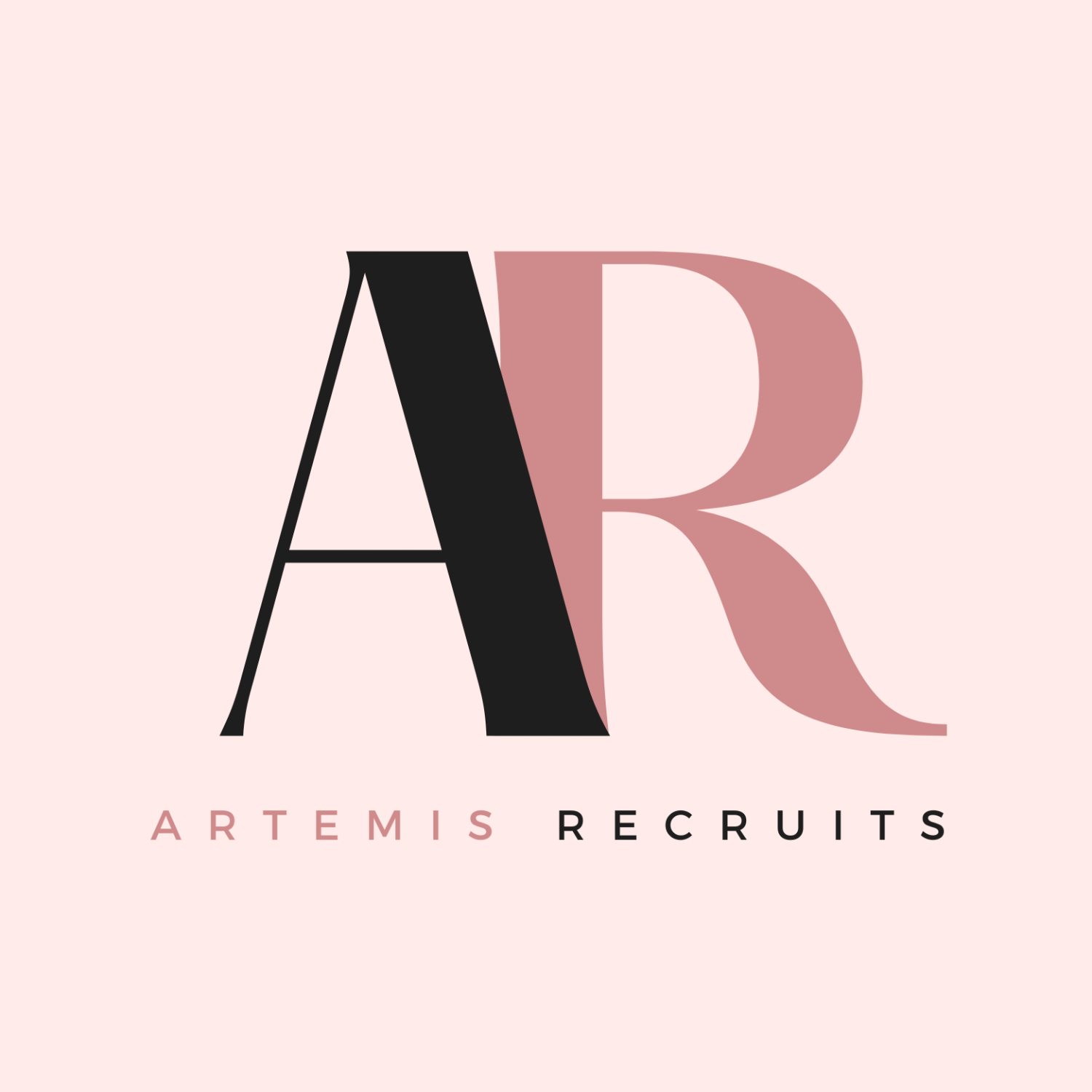If you want remote hires who actually deliver, you need a smart vetting process. This is the proven approach we use at Artemis Recruits to assess remote talent for long-term success.
Table of Contents
- Why Vetting Remote Talent Matters More Than Ever
- The Key Challenges in Assessing Remote Talent
- The Artemis Recruits Vetting Framework
- Tools and Methods We Use to Vet Remote Talent
- Why This Approach Reduces Costly Hiring Mistakes
- Frequently Asked Questions
- Conclusion: Remote Talent Vetting Done Right
Why Vetting Remote Talent Matters More Than Ever
Hiring remote talent offers unprecedented access to skilled professionals worldwide. But while the benefits are huge—lower overhead, diverse perspectives, flexible scaling—the risks are equally real.
Common hiring pitfalls include:
- Candidates who look great on paper but underperform remotely
- Time zone or communication mismatches
- Poor cultural alignment leading to quick turnover
The truth? A rushed hiring process for remote talent can be costly—wasting time, money, and team morale. That’s why we built the Artemis Recruits vetting system: a deliberate, structured process designed to filter for skills, mindset, and adaptability.
The Key Challenges in Assessing Remote Talent
Before diving into our framework, it’s important to understand the unique challenges of vetting remote talent:
- Skill verification: Without in-person observation, you need reliable ways to test real capabilities.
- Self-management: Remote workers must be disciplined without constant oversight.
- Communication: Both async and live communication styles must be effective.
- Tech adaptability: Comfort with digital tools is non-negotiable.
- Cultural fit: Remote environments require shared values to maintain trust and collaboration.
These challenges are why traditional interview-only approaches fail when hiring remote professionals.
The Artemis Recruits Vetting Framework
Our process blends structured evaluation, behavioral assessment, and real-world simulations. Here’s how we ensure each remote talent candidate we recommend is genuinely ready.
1. Define Role Clarity and Expectations
You can’t vet effectively without knowing what you’re vetting for.
We start by:
- Mapping role deliverables and success metrics
- Defining required skills and nice-to-have traits
- Outlining communication and availability expectations
This clarity shapes every screening question, test, and evaluation.
2. Screen for Remote-Readiness Skills
We identify candidates who have:
- Proven remote work history or transferable experience
- Strong time management and prioritization skills
- Comfort with your core tools (Slack, ClickUp, Notion, Zoom, etc.)
Candidates complete a remote-readiness assessment to gauge self-motivation, adaptability, and independence.
3. Evaluate Communication and Collaboration Abilities
For remote talent, communication is a core competency.
We assess:
- Written clarity through task instructions and email simulations
- Video presence and verbal skills in mock calls
- Responsiveness in async channels
We don’t just check if they can talk—we ensure they can connect.
4. Test for Problem-Solving and Initiative
We use role-specific exercises to see how candidates:
- Break down challenges
- Seek solutions without over-reliance on managers
- Apply creative and logical thinking under constraints
These simulations mimic the real work environment so we can evaluate initiative.
5. Confirm Cultural and Values Alignment
A skilled hire who doesn’t align with your mission will cause friction.
We:
- Share your values early in the process
- Ask scenario-based questions about teamwork, conflict, and feedback
- Look for alignment in decision-making styles and priorities

Tools and Methods We Use to Vet Remote Talent
We leverage both human insight and tech tools:
- Skill tests: Custom assessments via Vervoe or TestGorilla
- Video interviews: Structured with scorecards to remove bias
- Reference checks: Focused on remote performance traits
- Trial projects: Paid short-term tasks to validate fit
This layered approach catches red flags early and confirms readiness.
Why This Approach Reduces Costly Hiring Mistakes
Our method works because it balances efficiency with depth:
- Fewer mis-hires by filtering for both skill and mindset
- Reduced onboarding friction from clear expectations
- Better retention due to cultural alignment
The result? You spend less time rehiring and more time building momentum.
Frequently Asked Questions
1. How long does your vetting process take?
Most roles are vetted and shortlisted within 7–14 days, depending on complexity.
2. Can I use your vetting process for my internal hiring?
Yes. We offer consulting and frameworks so your team can apply our methods.
3. Do you only work with certain industries?
We specialize in remote talent for marketing, tech, creative, and operations roles—but our framework applies broadly.
4. How do you ensure fairness in the process?
We use structured scorecards, clear criteria, and blind skill tests to reduce bias.
5. Do you offer a replacement guarantee?
Yes. If a placement doesn’t work out within 30 days, we provide a qualified replacement at no extra cost.
Remote Talent Vetting Done Right
Vetting remote talent isn’t just about checking resumes—it’s about predicting performance in a distributed environment.
The Artemis Recruits process ensures every candidate is assessed for:
- Skill
- Communication
- Remote-readiness
- Cultural fit
When you combine a clear role profile with structured evaluation, you dramatically improve your odds of hiring remote professionals who succeed.
Need to hire a remote talent today? Book a call with us now.
Read more of our blogs.


Leave a Reply